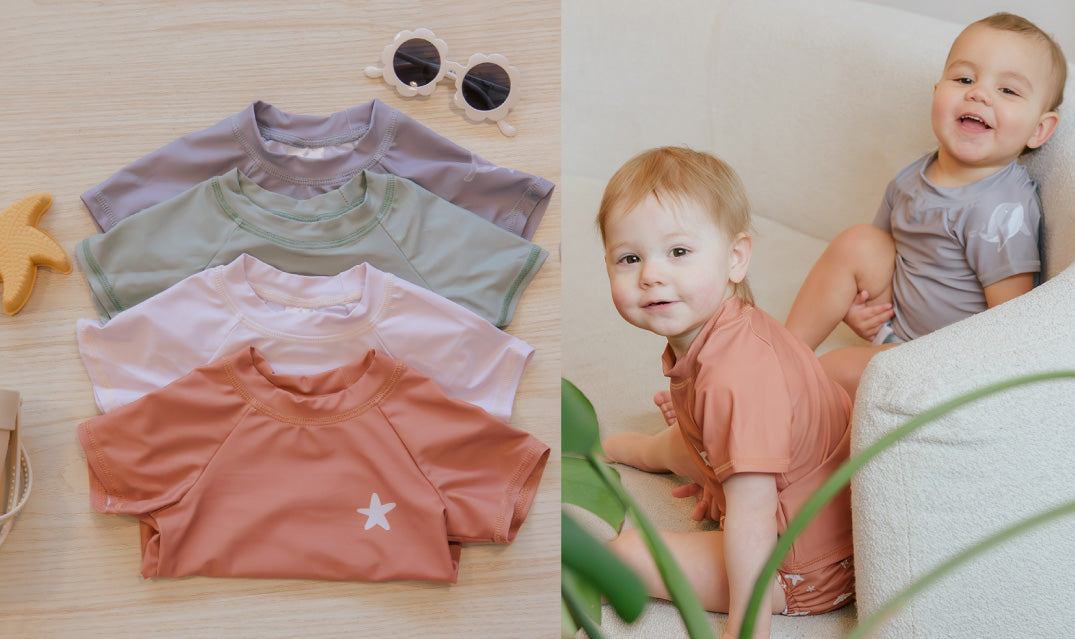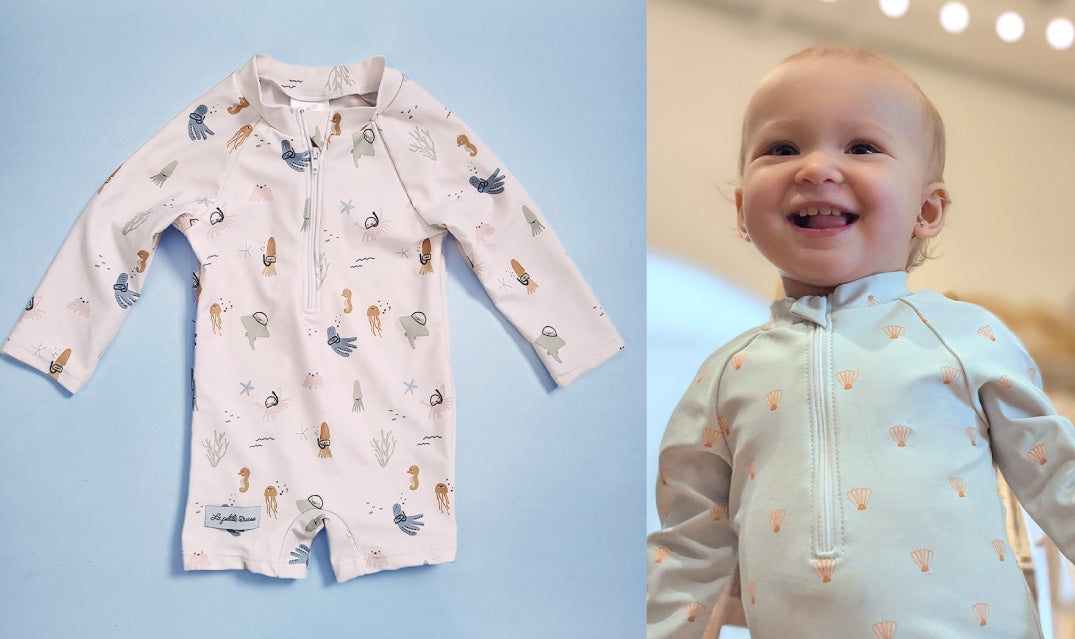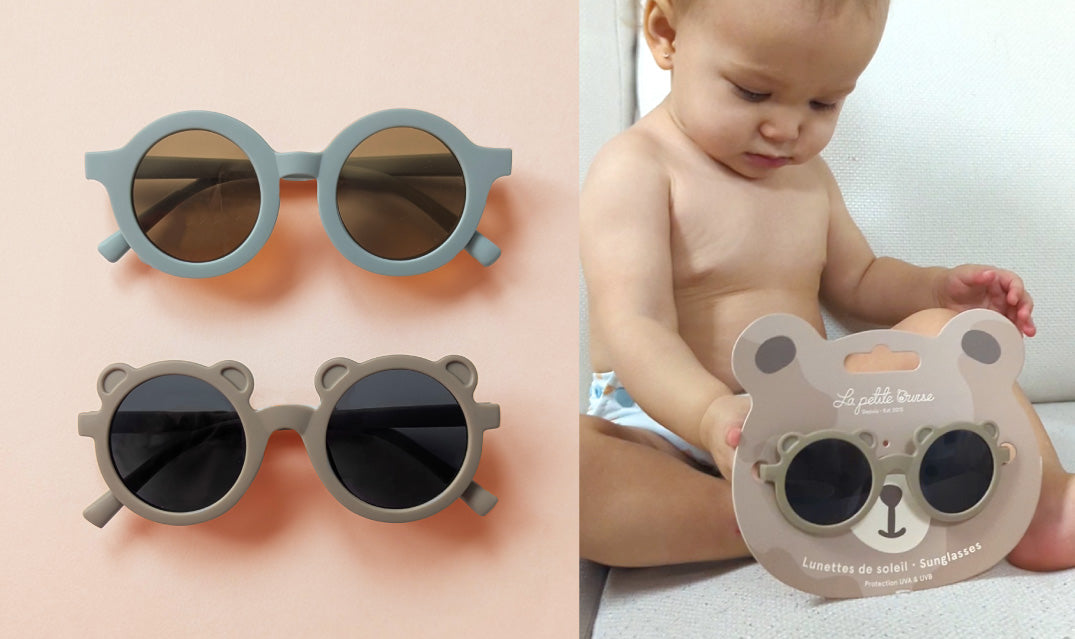I need help with leaks
Leaks… Step #1: Keep calm and read the following
Leaks have a cause and we'll help you find it. Please make sure you answer each question correctly in order for the process to be successful!
We’re not kidding when we say that all leaks are caused by something that can either be improved or changed, to become much less frequent or even nonexistent. However (and I can't stress this enough) you need to make sure you validate each of the following steps. If you go through each point too quickly, the simple solution you are looking for may be very difficult to find.
2. IS YOUR INSERT SATURATED?
This point is CRUCIAL. This is the most common cause of leaks. Does the liquid flow through the snaps, the seams, or even directly through the fabric? Chances are your insert is too full and you have found the cause. Our cloth diapers are made out of a fabric that is water resistant but not waterproof because babies bottoms need to breathe. If your diapers are in contact with a saturated insert, liquid will inevitably find its way, even directly through the fabric.
SOLUTIONS:
1. If your insert gets saturated quickly, you can add absorption by adding a 2nd insert or by using a more absorbent insert. See our inserts here
2. You should normally be able to leave your cloth diaper on your baby for a period of about 2 hours and a half to 3 hours, unless there are stools, then you can change your baby as quickly as possible! If you see that you experience leaks more or less after 3 hours and a half, you can also decide to change your baby more often to solve the problem.
SOLUTIONS:
1. If your insert gets saturated quickly, you can add absorption by adding a 2nd insert or by using a more absorbent insert. See our inserts here
2. You should normally be able to leave your cloth diaper on your baby for a period of about 2 hours and a half to 3 hours, unless there are stools, then you can change your baby as quickly as possible! If you see that you experience leaks more or less after 3 hours and a half, you can also decide to change your baby more often to solve the problem.
4. ARE YOU FOLDING THE DIAPER THE RIGHT WAY?
When your baby is still small and you are not using the diaper in its full extended size, you should use the snaps on the front to reduce the size in order to fit your baby properly. This gives you excess fabric that must be folded back towards your baby's navel.
SOLUTION:
Fold the excess fabric upwards.
SOLUTION:
Fold the excess fabric upwards.
6. HOW MANY INSERTS DO YOU USE IN THE DIAPER?
It comes down to the same point as the saturation of the inserts ... But it is important to specify it!
Normally, when your baby is still small, one insert is enough. If after a few months you start to have sudden and more frequent leaks, it may be because your baby needs a second insert. Since all babies are different, some may need 2 inserts at 4 months old, and others after 1 year. It's very difficult to say exactly when to add a second one, but generally speaking, if you were not experiencing leaks and all of a sudden you do, try adding a second insert to see if it fixes the problem!
Normally, when your baby is still small, one insert is enough. If after a few months you start to have sudden and more frequent leaks, it may be because your baby needs a second insert. Since all babies are different, some may need 2 inserts at 4 months old, and others after 1 year. It's very difficult to say exactly when to add a second one, but generally speaking, if you were not experiencing leaks and all of a sudden you do, try adding a second insert to see if it fixes the problem!
8. ARE THERE COMPRESSION LEAKS?
Some types of inserts are more prone to compression leaks. This is the type of leak that occurs when the insert is fairly full and you sit your baby in a place that will put pressure on the diaper (for example, her car seat or in a baby carrier). The pressure exerted on the insert creates leaks due to this compression..
SOLUTION:
Make sure to change your baby immediately before going for a ride in the car or putting her in a baby carrier. You can also favor fibers such as bamboo or hemp, which retain much better than microfiber.
SOLUTION:
Make sure to change your baby immediately before going for a ride in the car or putting her in a baby carrier. You can also favor fibers such as bamboo or hemp, which retain much better than microfiber.
Are your cloth diapers still leaking?
- Choosing a selection results in a full page refresh.
































































